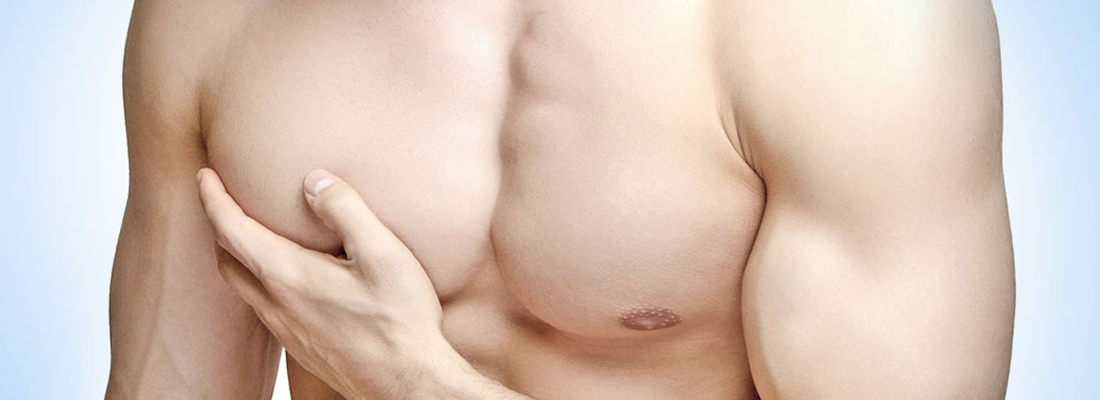Breast Aesthetics
Contact Us
Contact us to get detailed information and create an appointment.
Social Share
Op. Dr. Şükrü İşler
Gynecomastia is defined as excessive breast development in men. This ailment, which is caused by various health problems, is the development of female-type breast tissue in men. Dec Greek word gynec, which means feminine, and mastos, which means breast, is derived from the combination of the word gynecomastia, which is also popularly known as breast reduction operation in men. According to research conducted in this area, one out of every three men suffers from the condition gynecomastia. Breast enlargement, which can also be observed in infants and the older age group, is most commonly manifested in adolescence.
Gynecomastia is a disorder that harms both one’s health and one’s self-confidence. Because individuals suffering from this condition put themselves in trouble and stay away from social environments as much as possible because they are ashamed. On the other hand, gynecomastia, which has been around for a long time, usually does not regress spontaneously. In such cases, surgical intervention is required.

If gynecomastia does not resolve on its own or creates pain, tenderness, or psychological problems that are serious enough to affect an individual’s quality of life, treatment may be required. The treatments applied may be in the form of drug use or surgical intervention.
There are two different surgical intervention approaches that are commonly used for gynecomastia.
In liposuction, that is, fat-sucking surgery, the surgeon takes only breast fat, but leaves the mammary gland tissue behind.
In surgical interventions of the mastectomy type, the mammary gland tissue is completely removed by the surgeon. This operation is usually performed using only small incisions.
Before starting the gynecomastia treatment process, it should be evaluated whether there is an underlying hormonal disorder of this disorder. Therefore, if the presence of gynecomastia is suspected, an endocrinologist should be contacted in no time.
Surgical intervention by a qualified physician is the most effective method of treating gynecomastia. As a result of the examinations performed by the surgeon, it is decided how to perform an intervention. At this stage, different methods can be used against different classifications of gynecomastia. We can refer to these classifications and the methods presented as solutions as follows:
In the case of mixed-type gynecomastia, an excess of glandular tissue and adipose tissue is present. At this point, along with surgical intervention, fat removal (liposuction) is performed.
In the case of glandular-type gynecomastia, hard breast tissue weighs heavily and this tissue needs to be removed by surgical intervention.
In the case of gynecomastia of the fatty type, adipose tissue predominates, and this condition can be treated only by fat removal (liposuction).
During the period before gynecomastia surgery, it is recommended not to take aspirin for 10 days, not to drink green tea, vitamin E and similar blood thinners. Yesilmaz is recommended to take aspirin for 10 days before gynecomastia surgery. In addition, if there are significant disorders in the patient’s history and medications that he constantly uses, they should definitely be reported to the doctor. Food and water intake are stopped 8 hours before surgery. (since general anesthesia will be taken)
• It is recommended that patients rest for the first 2-3 days after surgery. Patients are able to walk after surgery, but it is important for them to rest in order to speed up the healing process.
• After surgery, patients should wear a corset for a period of 3 weeks. This corset should be used for another 6 weeks after removal with the permission of the doctor, during the day and while playing sports, that is, during heavy activities.
• Patients should wait a week after surgery to return to their daily lives. At the end of this week, light exercises and walks can be done, but patients should avoid movements that will force them.
• Patients usually need to protect the operating area from the sun’s rays for the first three months.
* The appearance of edema and swelling after surgery is considered normal. They will pass by themselves in a week.
• 3rd of the operation. some patients can take a shower, provided that they do not stay in the bathroom for a long time.
The problem of gynecomastia is completely eliminated by surgery and usually does not recur. But with a lot of weight gain in patients, there is a possibility that it will occur again only due to lubrication.


